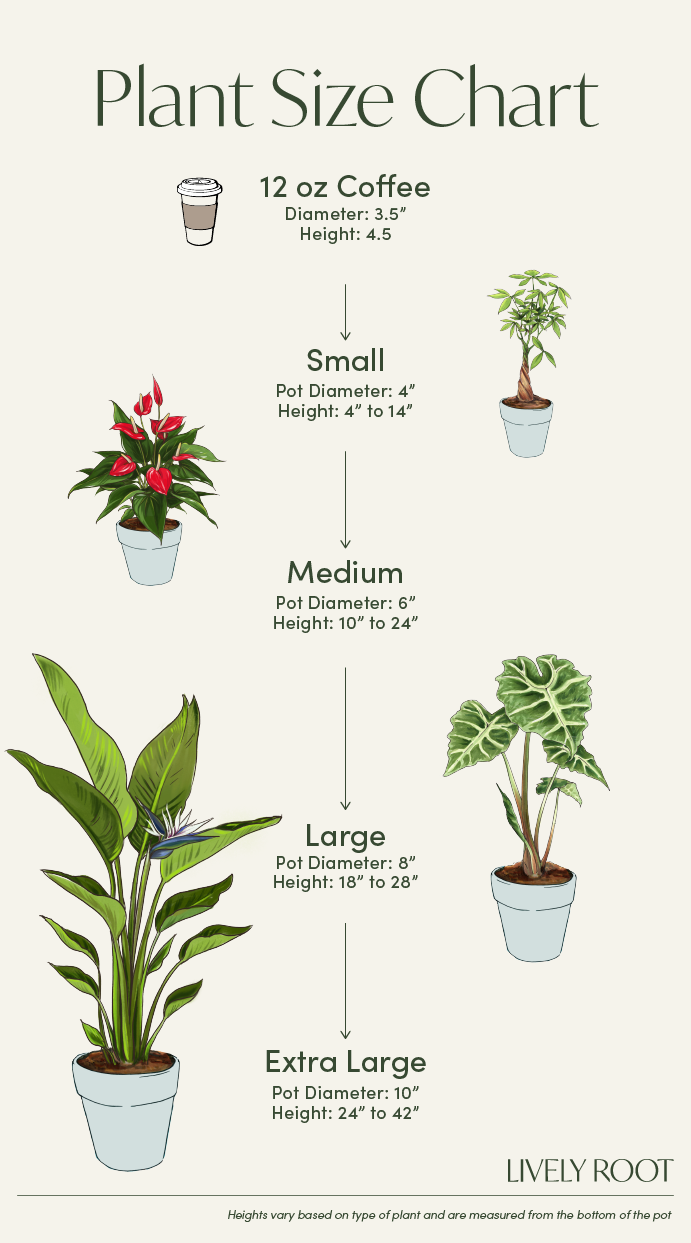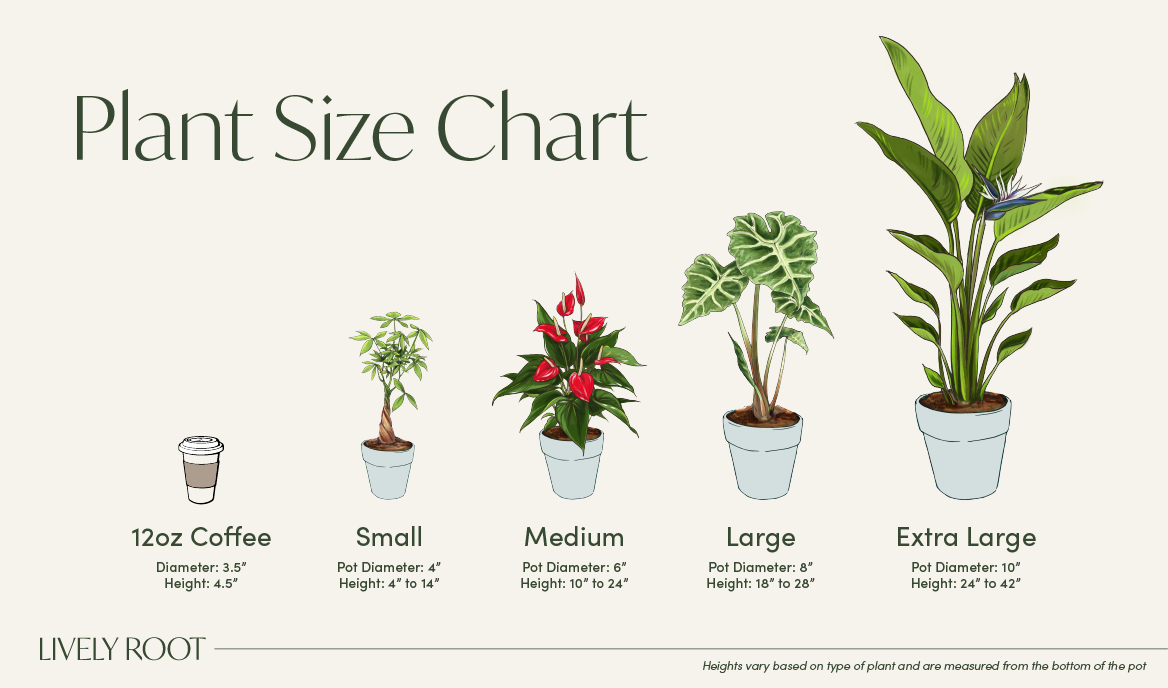

Lilac Carnations come with a double pinwheel-like trio of colors with magenta, pink, and frilly lilac petals. Enjoy the contrast of blue-green grass-like foliage to enhance the cool colored blossoms. Place this carnation near the front of the bed to breathe in the fragrance. Stop and watch the pollinators linger and take a peek too. This Dianthus is an easy-care plant that favors alkaline soils, full sun, and well-draining soil. Expect her to grow 8-12 inches tall and wide.
*Our blooms vary and may not arrive as they are pictured. We ship our plants still in buds, so you can enjoy a fresh bloom in your home.*
Dianthus caryophyllus 'Super Trouper Lilac on Purple' Care Guide

Add this plant to a full sun area in the garden (6-8 hours).
Keep your soil at a lower moisture and let dry out between waterings. Water at the base of the plant to avoid mildew from forming on the leaves.
Average humidity between 40-60% is fine for this plant.
Dianthus can handle a light frost.
This dianthus is tolerant of frosts and performs well down to -10°F. This plant is an evergreen perennial in planting zones from 6a-9b.
Fertilize with a balanced granular plant fertilizer in the spring when growth appears.
Outdoors: Dig a hole twice the width of the grower pot and slightly shorter in depth. Add root hormone and mix in compost if your soil is unhealthy or clay (half compost-half native soil). This plant prefers a neutral pH to alkaline soil. If your soil is acidic, add dolomite lime to your hole as per the bag's instructions. (Use our 3 in 1 plant meter to measure!) Water the bare roots in the hole, then fill with the mixed soil. Tamp around the plant to release all air pockets. Water again at the base of the plant. Keep watch and measure your soil moisture every couple of days to ensure the roots are moist but not soggy. Plant in full (6-8 hours).
Once the flowers are all finished blooming, shear the stems off. If the foliage is still clean and tight, leave it as is. If she's looking worn, you can snip back to remove the first one-third of the leaves. Don't worry, new blooms will follow in late summer.
Division: When planted outdoors in planting zones, 6a+ divide the Dianthus in the late fall before going dormant. Dig the plant up, giving plenty of room around the root ball. Remove the root ball and slice through the roots with a sharp knife or pruners. Replant in a full sun spot (6-8 hours) in a pH neutral to alkaline garden soil (7 pH) with good drainage or a container plant mix. Use your plant meter to ensure the soil pH is correct. Dig the hole twice as wide and the same depth as the original. Add root hormone at the bottom of the hole, place the root ball in the center, and water. Add compost and supplemental garden soil to the hole mixed with the native soil. Plant them in bright, indirect sunlight and water.


























